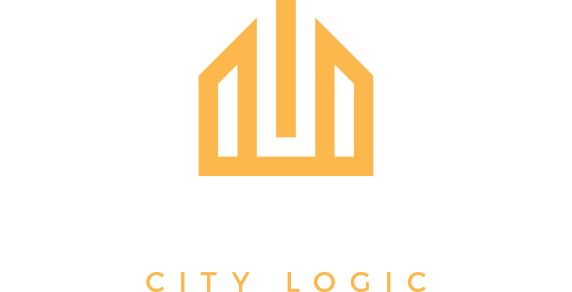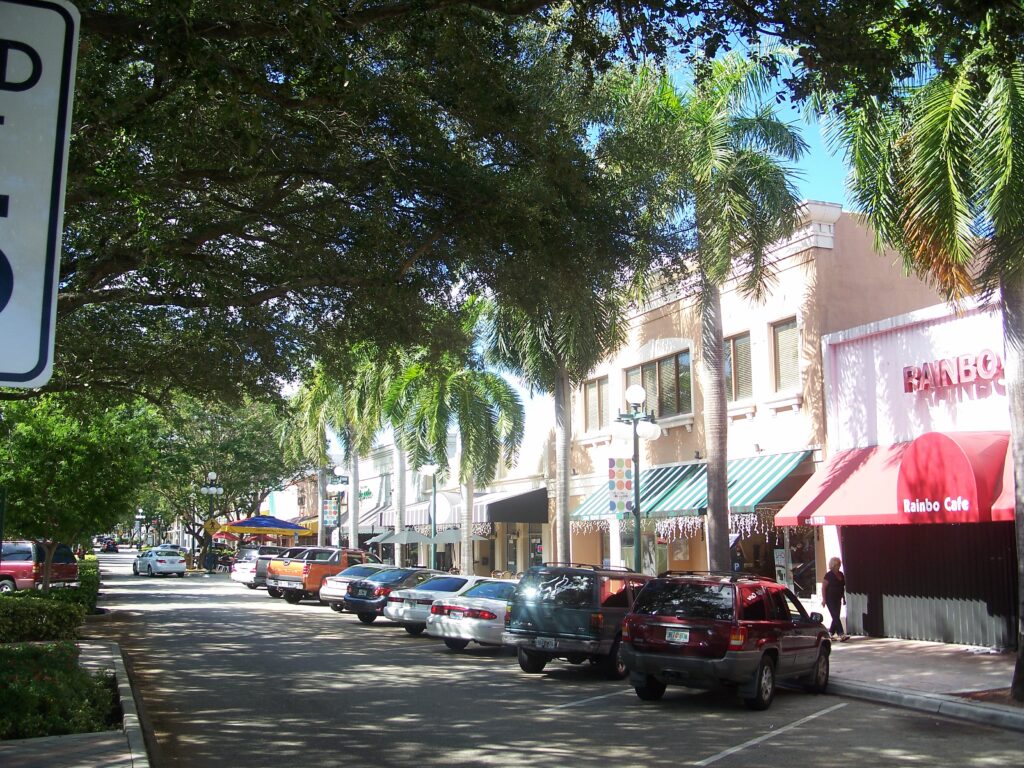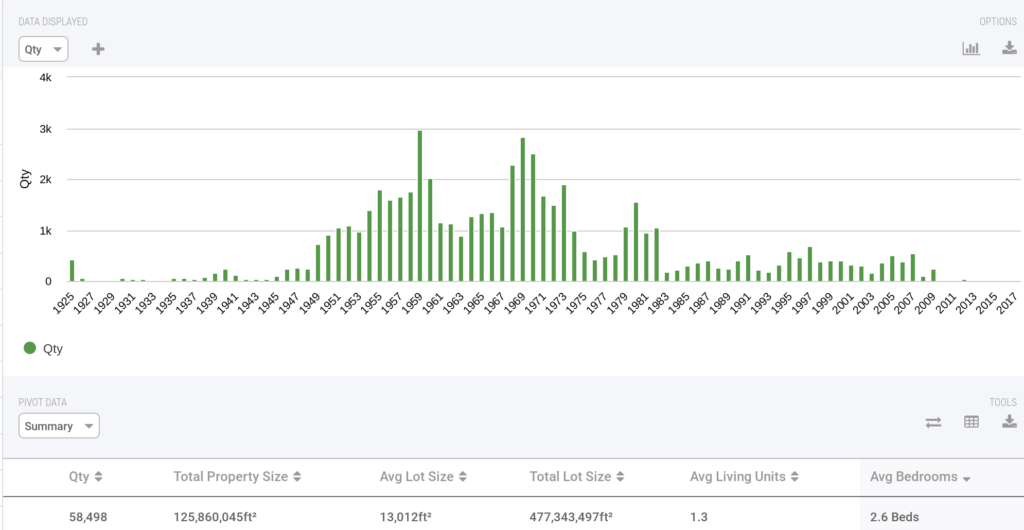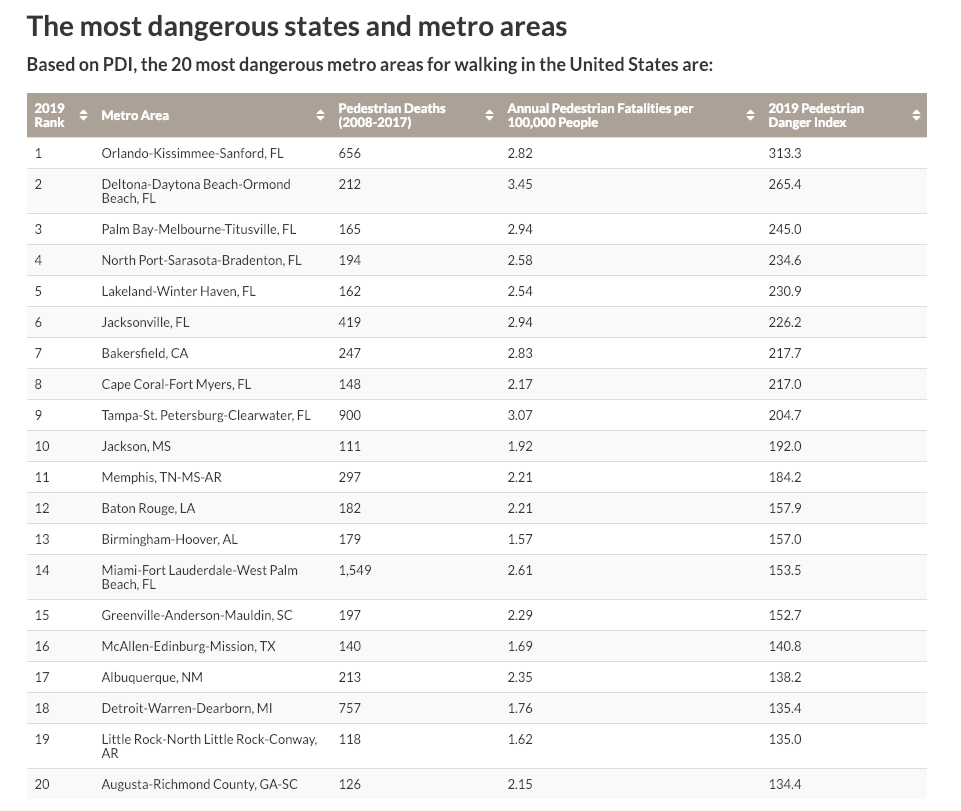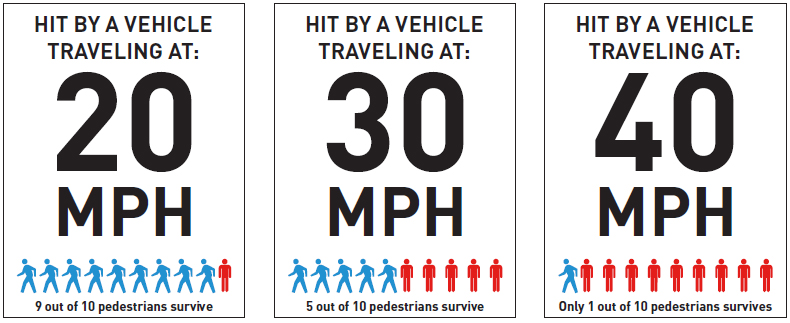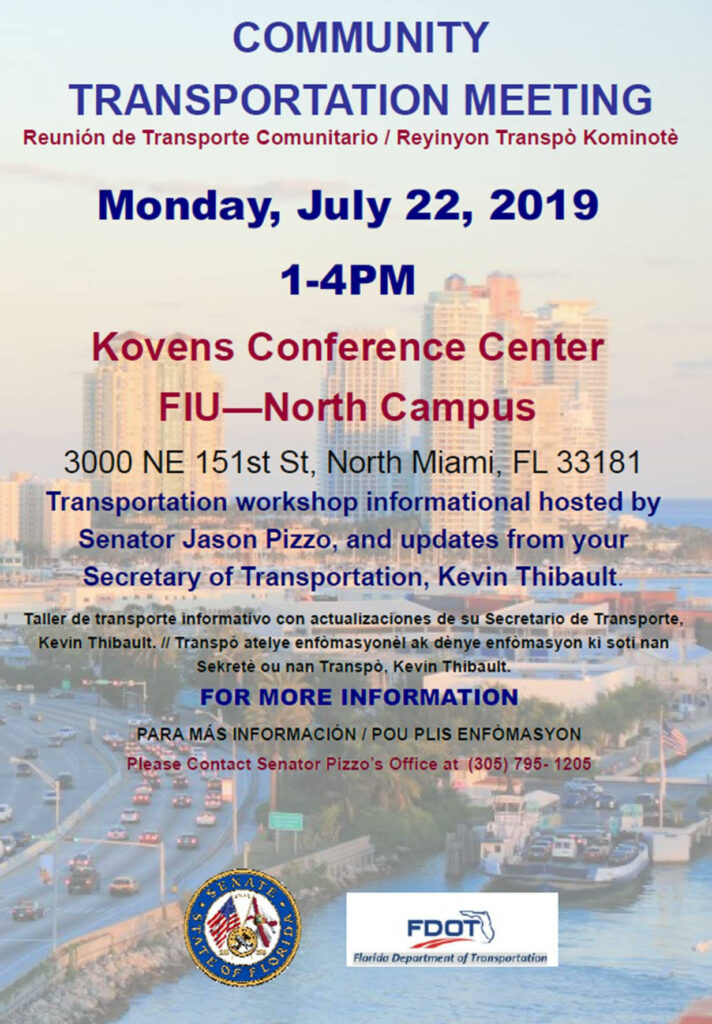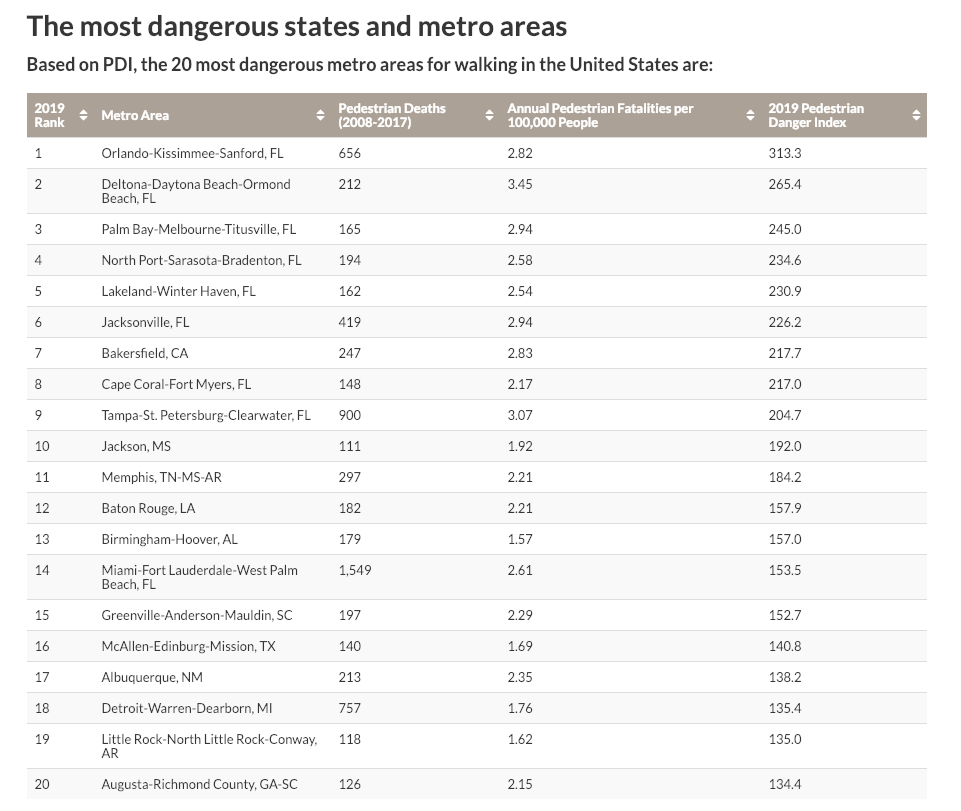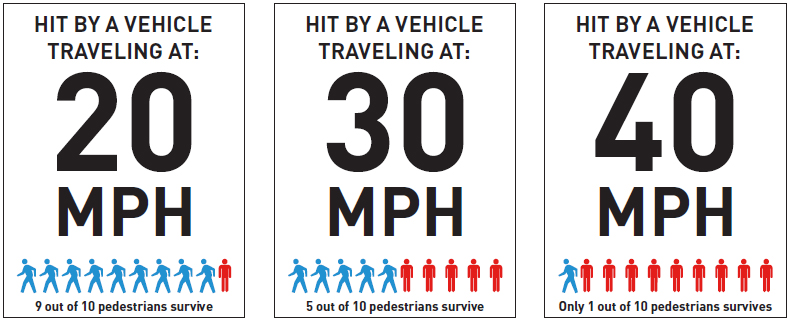
South Florida is one of the fastest growing metropolitan areas in the country. Comprised of 3 counties, Miami-Dade County, Broward County and Palm Beach County, the area is home to approximately 6,700,000 people. Miami Dade County is comprised of 34 cities, Broward 30 cities, and Palm Beach County has an additional 39 cities. In total there are 103 cities in South Florida. South Florida also has 3 transit agencies (Miami-Dade Transit, Broward County Transit and Palm Tran), which are controlled by each respective county.
Who controls South Florida’s Roads?
Roads in South Florida are controlled either by the respective county or by the Florida Department of Transportation (FDOT). For the most part, with the exception of the Miami Dade Expressway Authority (MDX), highways and interstates are entirely controlled by FDOT. Non-highways and interstates are controlled by the county or by FDOT.
Rail in South Florida
Tri-Rail is a commuter rail line that links Miami, Fort Lauderdale, and West Palm Beach. Tri-Rail is managed by the South Florida Regional Transportation Authority (SFRTA) and the rail line is owned by the Florida DOT. The 70.9-mile-long (114.1 km) system has 18 stations along the Southeast Florida coast, and connects directly to Amtrak at numerous stations, and to Metrorail at the Tri-Rail and Metrorail Transfer station and at Miami Airport station.
South Florida Regional Transportation Authority is a tri-county public transit authority operating out of Pompano Beach, serving Miami-Dade, Broward and Palm Beach counties. SFRTA was created by the Florida Legislature and enacted by the Florida Department of Transportation. The goal of creating SFRTA was to expand cooperation between the Tri-Rail commuter rail service and the existing county public transport authorities: Broward County Transit, Miami-Dade Transit, and Palm Tran. Tri-Rail is solely operated by SFRTA.
Virgin Trains USA, formerly Brightline, is an express inter-city rail system in South Florida. It is currently owned and operated by Fortress Investment Group. Virgin Trains USA currently operates service between Miami and West Palm Beach with a train station in Fort Lauderdale. Virgin Trains USA is currently the United States’ only privately owned and operated intercity passenger railroad. Virgin Trains recently announced that it has secured funding to extend its current Miami to West Palm Beach route to Orlando. The extension will consist of 40 miles (64 km) of new track allowing for speeds of 125 mph (201 km/h). It will also include upgrading 129 miles (208 km) of existing track to allow for passenger trains to operate at 110 mph (180 km/h). When completed in 2022, it will be the only modern higher-speed passenger rail operated privately in the United States.
Zoning in South Florida
Since there are 103 municipalities in South Florida, that means each city has their own zoning code. In addition, there are areas in each of the 3 counties that are unincorporated (not part of an incorporated city, village or town), which falls under the purview of each respective county. Effectively, South Florida has 106 unique zoning codes.
Land-use and Mobility Options
In order for a multi-modal transit system to succeed in South Florida, cities must encourage density and mixed-uses. Low density zoning, which encourages the separation of uses, only helps to perpetuates the use of the automobile. Cities which embrace density and mixed-use zoning encourage less dependency on the automobile and as a result promote mobility options such as walking, biking, scooter-use and public transit.
South Florida: A hot mess when it comes to transportation and planning
With 106 zoning codes (103 cities & 3 counties) 3 transit agencies (Miami-Dade Transit, Broward Transit and Palm Tran,) 5 agencies that control South Florida roads (Miami Dade County, Broward County, Palm Beach County, FDOT and MDX), 1 agency that controls Tri-Rail (SFRTA) and a privately owned inter-city rail system (Virgin Trains) it’s no wonder why South Florida is in the transportation and planning conundrum that we’re in. The truth is there is hardly any coordination between these institutions.
To make matters even worse, several cities in Miami Dade County are now operating “trolleys” (a glorified bus), without coordinating with Miami Dade County Transit’s bus and rail schedules.
There seems to be no coordinated effort to address South Florida’s future transit needs. If we want to attract an educated population and new businesses, transit needs to be at the top of the list of every elected official’s agenda. South Florida needs a real Regional Transportation and Planning Authority with the power to make strategic planning and transit decisions on a tri-county level.
Whatever we’re doing now (which seems like nothing) isn’t working. We can’t continue to piece-meal local and regional transit decisions. Regional planning and transit has been neglected by our elected officials for too long and our growing pains will only worsen if we continue with our current modus-operandi.
